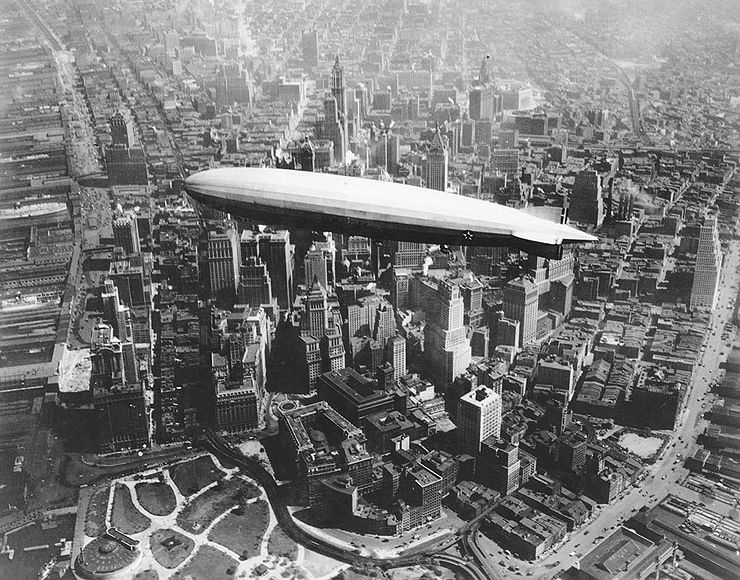 In the Jules Verne-esque, Steampunk world of Thomas Book, travel is handled a bit differently than what was documented in the years prior to 1920. Specifically, the technology of travel is considerably different.
In the Jules Verne-esque, Steampunk world of Thomas Book, travel is handled a bit differently than what was documented in the years prior to 1920. Specifically, the technology of travel is considerably different.LAND:
The most common form of transportation was across land; generally in the form of the steam locomotive.
Train tracks criss-crossed the various nations of the world. From the metropolis cities of the United States to the untamed wilds of Eastern Europe, rail was the fastest way to travel on land. As this meant that passengers would be on the tracks for days at a time (for longer voyages) several of the rail companies created palaces of locomotive luxury where the wealthy could recline and relax and enjoy the scenery.
More than a few wealthy Coal and 'Steam' barons, invested in their own rail cars to the extent that they became almost like a mechanical yacht and were used to tour around the country whenever needed.
Cities such as Chicago and New York have even created smaller rails that encircle their borders and even travel under ground to move people here and there. (Steam-powered Subway)
SEA:

Aside from land travel, the next most common form of transport is that of ocean travel. Steam-powered ships like the Titanic disgorge an innumerable mass of passengers at the ports of San Francisco, New York and London every week. Again, as travel is slower greater luxury has been created for those who can afford it.

A recent project to increase shipping from the east to the west has been the creation of a canal near the South American city of Panama.
AIR:
The least common form of transport is that of Air Travel. Only the wealthy could afford such means but for those who could, it became a floating palace to move from city to city. Considerably faster than rail travel because of their ability to ignore topography, Air Ships are extensively used in Europe where the terrain makes rail travel lengthy.
Newly adopted by the American cities, Air Ship tethers are becoming more and more common for the skyscrapers in Los Angels, New York and Chicago.
No comments:
Post a Comment